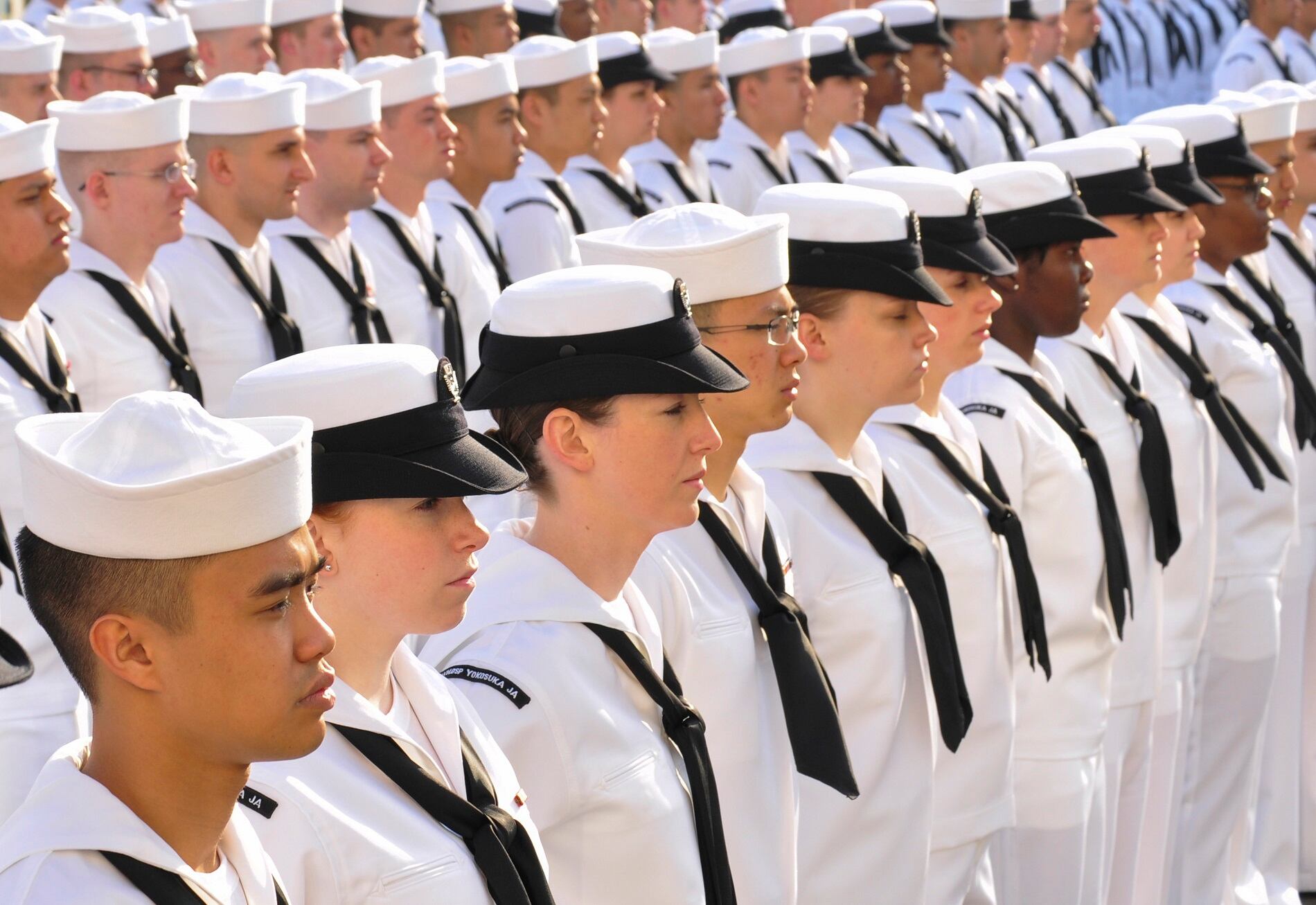It was a rough 2017 for aviation.
Pilots across multiple aircraft platforms reported feeling dizziness or a loss of consciousness in flight due to oxygen problems.
The Navy has tried to confront the problem head on, but progress has been minimal.
A problematic valve in the F/A-18 Super Hornets and E/A-18G Growlers that might be causing dangerous pressure changes during flight has been identified, however.
In 2018, the service will add a heater blanket to the valve so it won’t freeze, and will also test other aircraft components to eliminate any other potential problems.
But Navy officials did not say whether the valve fix would alleviate similar problems experienced in the T-45 trainer aircraft, which led to a grounding last spring after flight instructors refused to fly.
“We’re not declaring victory, but we are declaring that we found something to fix and we’re fixing it,” said Capt. Sara Joyner, leader of the Navy’s problem-solving effort.
The physiological episodes are just one component of the readiness problems cited by aviators. Recently, the head of Naval Air Forces told Congress that only a third of the service’s 542 F/A-18 Super Hornets were ready to “fight tonight.”
Navy leaders say readiness problems are largely attributed to budget restrictions and an intense operational tempo.
RELATED

Geoff is the managing editor of Military Times, but he still loves writing stories. He covered Iraq and Afghanistan extensively and was a reporter at the Chicago Tribune. He welcomes any and all kinds of tips at geoffz@militarytimes.com.





